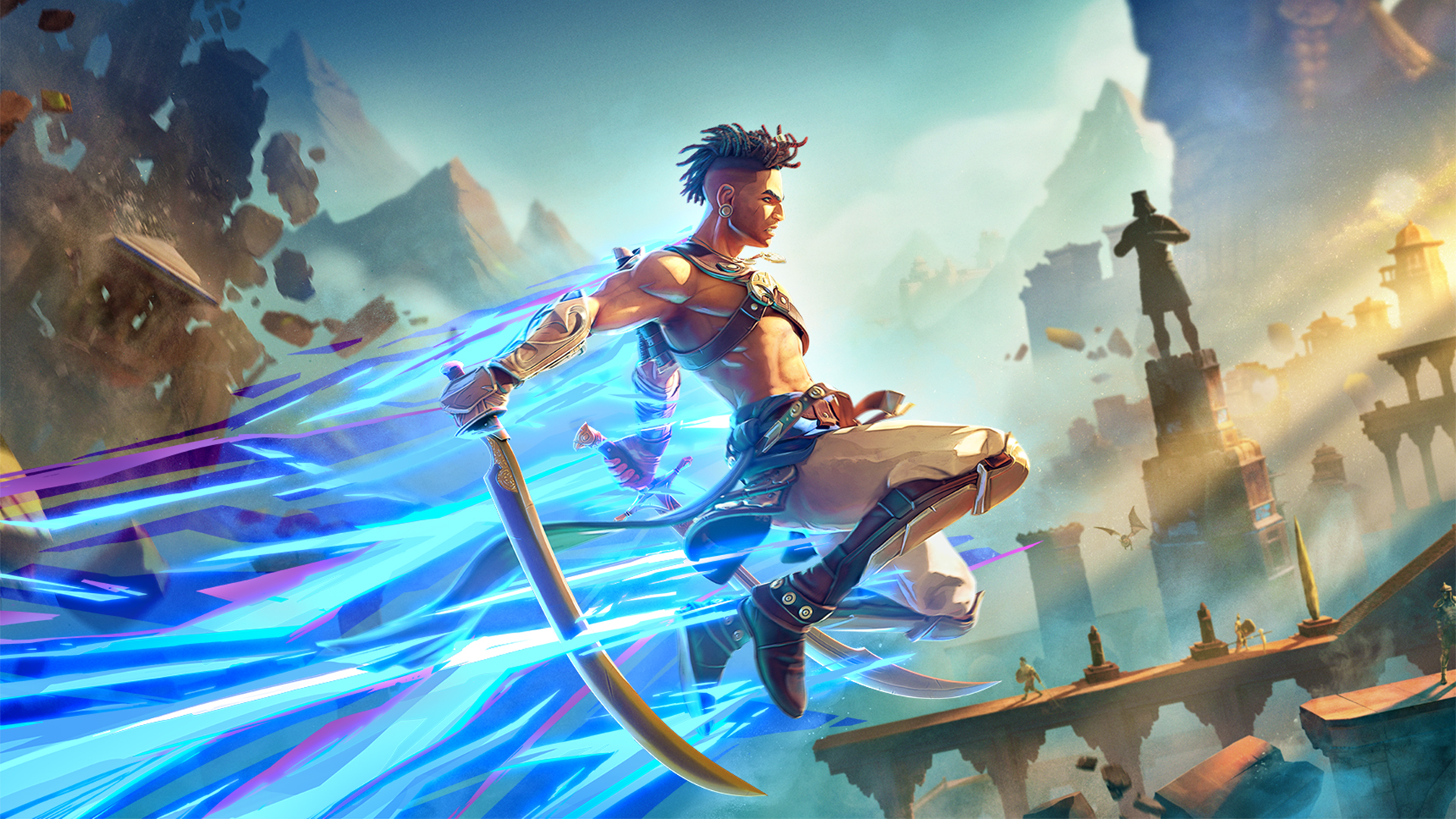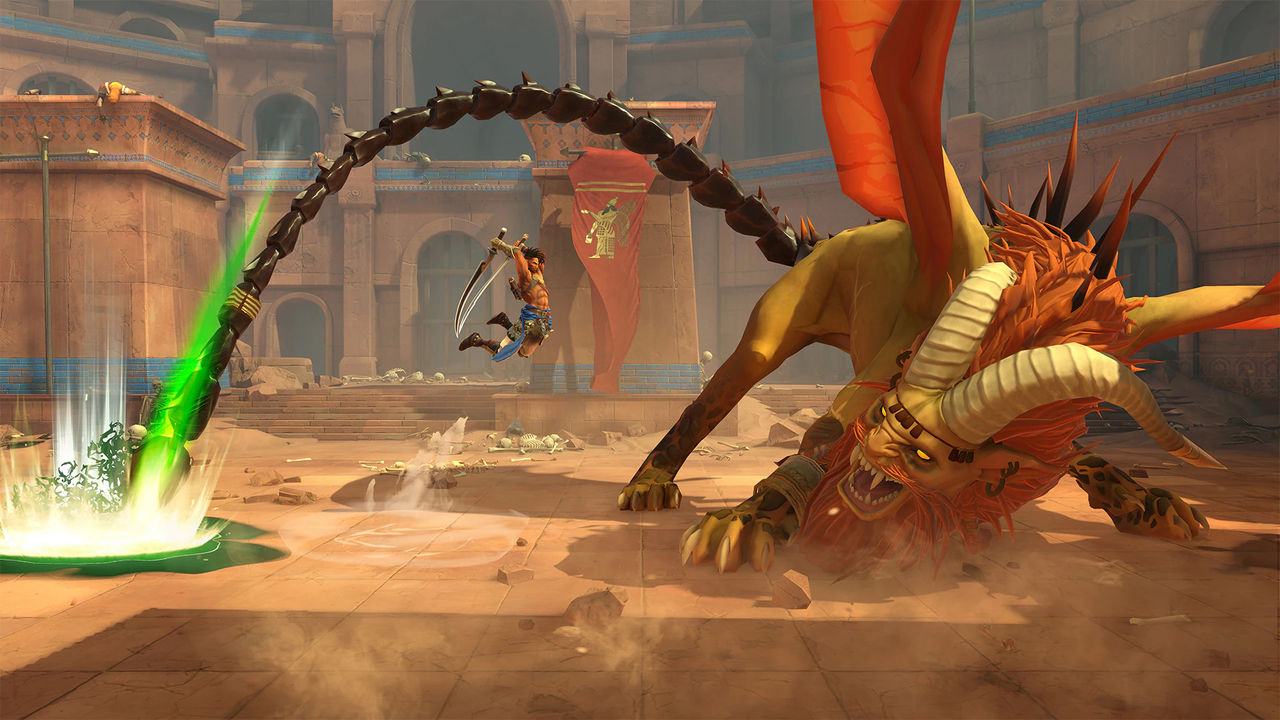Crafting the Heart and Soul of Prince of Persia: The Lost Crown
Game Director Mounir Radi delves into the inspirations behind the game and the lessons learned from previous game development experiences.

The iconic Prince of Persia series has left an indelible mark on the gaming world since its inception in 1989. The latest addition to this legendary franchise, Prince of Persia: The Lost Crown, is available now and getting rave reviews from fans and critics alike. We recently had chance to sit down with Mounir Radi, Game Director for Prince of Persia: The Lost Crown, to delve into the inspirations behind the game, the team's proudest achievements, and the lessons learned from previous game development experiences.
Staying True to their Roots
One of the biggest questions surrounding the new release is the influence of the original Prince of Persia. While Prince of Persia: The Lost Crown’s 2D side-scrolling and platforming indicate that the original Prince of Persia was a huge inspiration, Radi said that capturing the DNA of Prince of Persia was not the only goal.
“We also wanted to give a tribute to Prince of Persia: The Sands of Time with all the time powers and stuff like that,” said Radi. “So, basically the two main references for us were the first one from 1989 and Sands of Time. Those were our two big references at the beginning of the project.” This focus extends to the fundamental elements of platforming and combat, with a nod to the demanding combat of the first installment.
Learning from the Past
Every game developer brings lessons learned working on other games into their process, and this was no different for the developers of Prince of Persia: The Lost Crown. Reflecting on lessons learned from previous games, Mounir Radi emphasizes the importance of methodology and iteration.
“I think one element that was very important on this game that we have learned before, in terms of methodology, is really having the tools to be able to iterate, iterate, iterate until the end,” said Radi. “For example, when we built our framework for Rayman, we had very strong tools to be able to really move at any time the level design stuff.”

Drawing from their previous experiences with games like Rayman, the team prioritized having robust tools for iterative processes. In the case of Prince of Persia: The Lost Crown, they had the same iterative philosophy, leveraging programs like Houdini among others; Houdini ensuring precise metrics contributing to strong platforming. Analytics played a crucial role in the game’s development, providing insights into player experiences, identifying challenges, and balancing difficulty levels.
Perfecting the Flow
The analytics that the team received during playtesting sessions were able to be acted on and applied very quickly. For example, elements like jump sizes and double jumps require a seamless movement path that requires precision timing, distance, visibility, and player comprehension. “For a double jump to really have a very strong flow when you are playing the game, you need to always be perfect on timing,” said Radi. “So, we need to provide perfect distance, perfect visibility, perfect element for the players to understand what they’re doing.” The use of analytics tools aided in achieving that perfection, ensuring players experienced a seamless and engaging journey through the game with minimal frustration.
A Symphony of Achievements
When asked about the proudest achievements in the game's development, Radi highlighted the ability to create a powerful game feel for players within 30 seconds of their starting the game. He attributed this accomplishment to the convergence of various aspects, including strong animation, game design elements in combat choices, and the art direction's signature 2D elements. The game’s fast and fluid combat system quickly emerged as a focal point where the team seamlessly brought together the strengths of game art direction, animation, and game design.
The dedication and craftsmanship behind Prince of Persia: The Lost Crown is clear to anyone who’s played it. The team’s commitment to honoring the series' legacy, the pride in achieving a seamless gaming environment, and the lessons learned from past endeavors collectively contribute to an immersive experience that not only pays homage to its roots but also introduces innovative elements that reflect the evolution of this iconic series.

